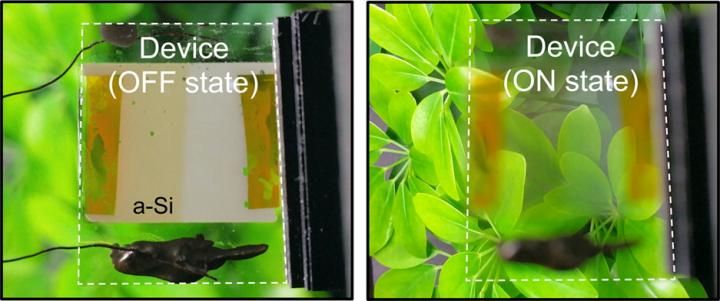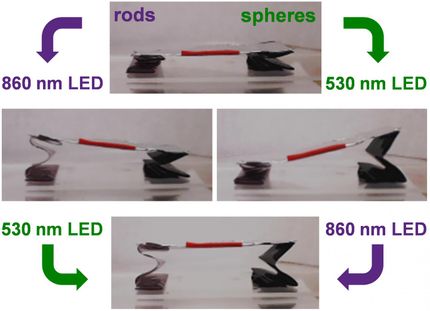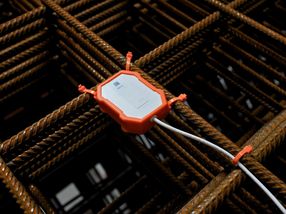Two new forms of elemental phosphorus: rod-shaped molecular chains of phosphorus cages
The elemental form of phosphorus has been known for some 350 years. But all phosphorus is not created equal-this element turns up in many forms. White phosphorus consists of four-atom phosphorus molecules, which additionally exist in three different crystalline forms, and is very reactive to air. Somewhat less reactive, violet phosphorus is made of layers of phosphorus chains. The black form is stable and quite chemically inactive. This form has semiconductor properties and consists of two-dimensionally cross-linked layers. Relatively little is known about the structure of non-crystalline red phosphorus. German researchers have now isolated and structurally characterized two further versions of this versatile element: phosphorus nanorods.
It has previously been determined that copper iodides are an outstanding tool for the production of new phosphorus architectures; these copper salts and phosphorus atoms form strictly defined adducts whose morphologies are determined by the relative amounts of the two substances. The phosphorus atoms in these adducts form molecular chains (polymers). The research team headed by Arno Pfitzner at the University of Regensburg and Hellmut Eckert at the University of Münster has now succeeded in separating the phosphorus strands from their copper iodide matrix of two different adducts of copper iodide and phosphorus. After the adduct crystals disintegrate, some red-brown strands consisting exclusively of phosphorus atoms, but distinctly different from the red form of phosphorus, remain behind. The dry strands are stable for weeks in air. An electron microscope revealed that this red-brown form of phosphorus consists of parallel nanorods with cross-sections of about 0.34 to 0.47 nanometers.
The use of special nuclear-magnetic-resonance techniques allowed the scientists to decipher the structures of the two easily distinguishable types of nanorods. In each case, the structure involves long polymer molecules made of phosphorus atoms linked in one of two different ways. The first copper iodide adduct results in cages made of eight phosphorus atoms that are bound into a chain by rings of four phosphorus atoms. The other adduct leads to cages made of ten phosphorus atoms that are linked into a chain by fragments made of two phosphorus atoms. The discovery of at least one additional phosphorus structure by means of this technique seems to be only a question of time.
Most read news
Organizations
Other news from the department science

Get the chemical industry in your inbox
By submitting this form you agree that LUMITOS AG will send you the newsletter(s) selected above by email. Your data will not be passed on to third parties. Your data will be stored and processed in accordance with our data protection regulations. LUMITOS may contact you by email for the purpose of advertising or market and opinion surveys. You can revoke your consent at any time without giving reasons to LUMITOS AG, Ernst-Augustin-Str. 2, 12489 Berlin, Germany or by e-mail at revoke@lumitos.com with effect for the future. In addition, each email contains a link to unsubscribe from the corresponding newsletter.
Most read news
More news from our other portals
Last viewed contents
Transmembrane_receptor
EPSRC unveils world-leading SuperSTEM microscope that sees single atoms

Merck cooperates with start-up HQS Quantum Simulations - Unique approach to quantum chemistry on near-term quantum computers
Evonik invests in digitalization - Collaboration with IBM and University of Duisburg-Essen




























































